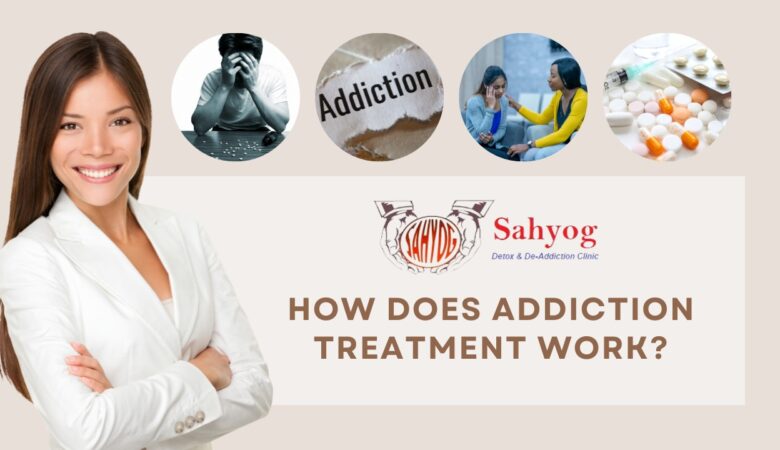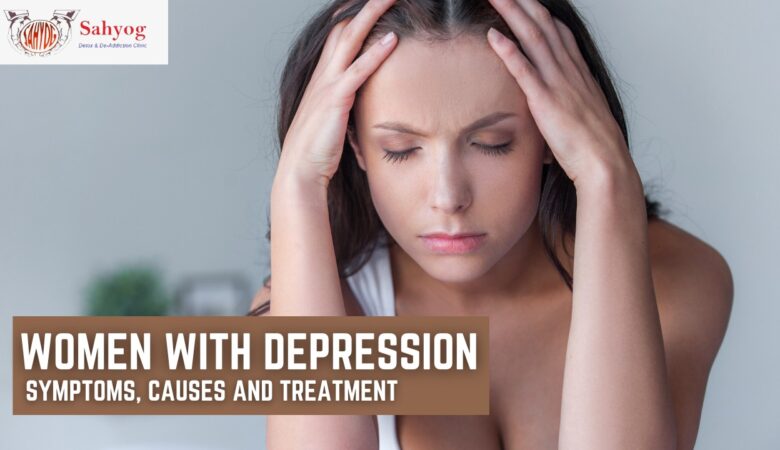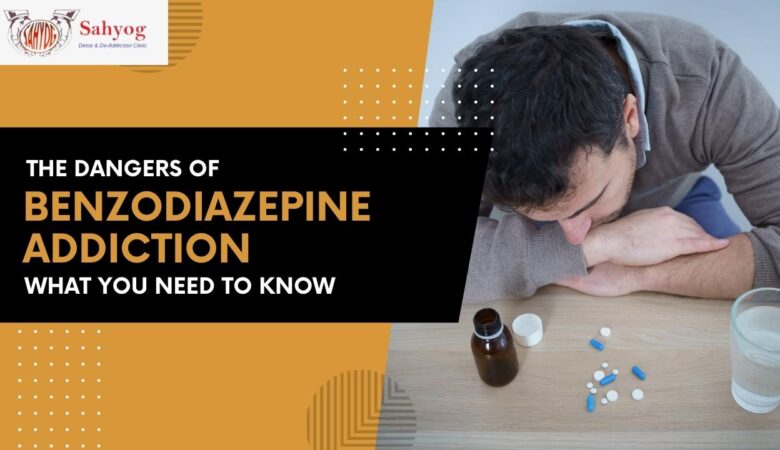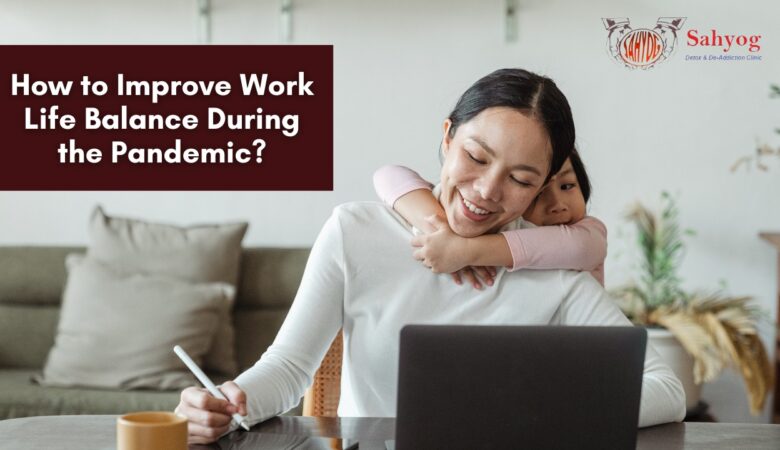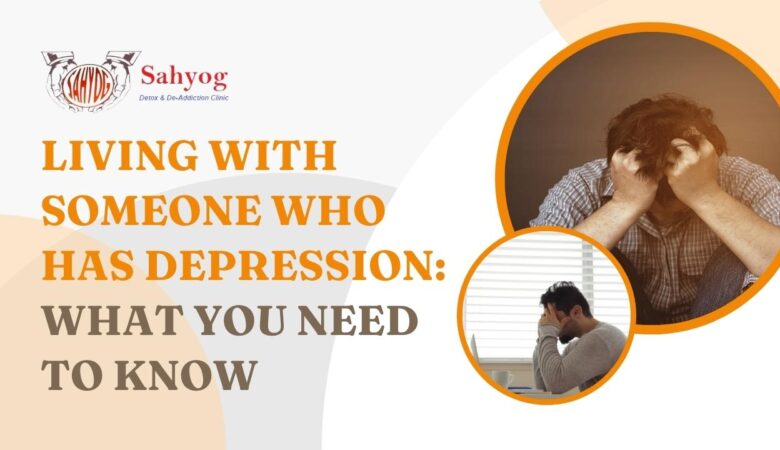How does addiction treatment work?
Setting out to recover from an addiction to drugs or alcohol can be an overwhelming experience, and knowing how the recovery process works can help you get started on the right foot and make your treatment feel less scary. This article will explain how addiction treatment works, including what happens at the beginning of your treatment, during your detoxification period, and after you graduate from inpatient care or enter outpatient treatment or a sober living environment. I just don’t think I can quit, or I would rather not stop drinking/smoking/using drugs are common thoughts you might hear from someone who has a problem with drugs or alcohol or has been struggling with drug and alcohol use for some time. Occasionally, these phrases are used as excuses not to act in the recovery process, but more often than not, they represent the grip that addiction has on people’s lives. What is addiction? Addiction is a mental illness characterized by compulsive engagement in rewarding stimuli despite adverse consequences. The two properties that characterize all addictive substances and behaviours are that they are reinforcing (i.e., they increase the likelihood that a person will resume the substance or engage in the behaviour again) and that they are physically and psychologically harmful. Treatment for addiction typically involves some combination of detoxification, behavioural therapy, and 12-step programs such as Alcoholics Anonymous. Medications are sometimes used to control certain withdrawal symptoms, help with cravings, and prevent relapse; however, medication has not been found to be effective for treating addiction itself. Long-term residential rehabilitation offers many benefits over short-term detoxification programs—particularly for people with severe drug abuse problems—but is not suitable for everyone, either because of high costs or difficulty finding a bed. Some addicts choose to remain in the community while receiving professional support from health care workers like therapists, psychiatrists, physician assistants and nurses on an outpatient basis. These treatments can offer advantages of cost, time commitment or flexibility for those who have stable lives outside their addictions. For example, this type of program might allow someone to live at home with their family without needing full-time supervision. However, when considering where to go for treatment, it’s important to remember that there is no perfect solution—only what’s best for you. What are signs of Addiction? The signs of addiction can vary depending on the person and the substance they are addicted to. However, there are some common signs to look out for, such as: Withdrawal symptoms when not using the substance Tolerance, or needing more of the substance to get the same effect Spending a lot of time using the substance or recovering from its effects Giving up important activities to use the substance Continuing to use the substance despite negative consequences -Feeling unable to control the use of the substance Lying about their substance abuse Sudden changes in mood Hiding drug paraphernalia Being easily agitated Inability to concentrate Money troubles Tackling Anxiety, Depression, and Stress Addiction treatment works by helping you understand and manage your emotions. This can be done through therapy, medication, and self-care. Addiction treatment also helps you develop healthy coping mechanisms to deal with triggers and cravings. Finally, addiction treatment will provide you with support and resources to maintain your sobriety. For example, they may help you find a sponsor or group meetings in your area. Sobriety takes time and effort, but it’s possible with the right treatment plan! So, what are you waiting for? Reach out today and start your recovery journey. Finding an Interventionist The first step in addiction treatment is finding an interventionist. An interventionist is a professional who helps families stage an intervention. The interventionist will work with the family to develop a plan and then help them execute it. They are trained to guide the family through this process, from gathering information about how their loved one’s addiction has impacted their lives, dealing with denial, and deciding what kind of intervention would be best for that person. There are many types of interventions, but they all have one thing in common: creating some form of consequence for the addict. After discussing all of these options with the family, the interventionist will create a timeline and present it to the family. The idea is to create some sort of consequence for their loved one, so they’ll choose recovery instead. If you’re interested in hiring an interventionist or staging your own, here are three things you should know before proceeding. Make sure the interventionist is licensed and qualified. Remember that an intervention can only happen if there’s genuine concern for the individual’s well-being on behalf of the family members. Don’t try to do anything illegal—don’t force someone into treatment, kidnap them, or let yourself get arrested just because you think it might scare your loved one into getting clean. Choosing a Rehab When you’re ready to get help for your addiction, the first step is deciding a rehab center that will fit your needs. There are many types of rehab centres, each with their philosophy and approach to treating addiction. It’s important to do your research and find a rehab center that you feel comfortable with. The next step is to detox from drugs and alcohol. This can be done in a hospital setting or at a detox center. Detox typically lasts between three and seven days, depending on how severe your addiction is. After detoxing, an individual may need to complete an inpatient program for 30-90 days before being released back into society. For some people, this may not be enough time, and they might need 90-180 days of aftercare before leaving rehab. Some people prefer outpatient programs because it allows them to maintain their daily routines while still getting support. Outpatient programs usually last 12-18 months, but can also last up to two years. What’s more, patients have the option to work with a counselor during those 18 months instead of going through counseling sessions only once a week? All of these different options allow addicts
